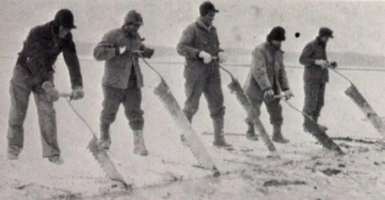20 Countries That No Longer Exist and What Happened to Them
The modern world map tells only part of humanity’s political story. Behind today’s familiar borders lie the ghosts of nations that once commanded vast territories, wielded significant power, and shaped the destinies of millions.
These lost countries left indelible marks on culture, architecture, and geopolitics that persisted long after their flags ceased to fly.
The Soviet Union (1922-1991)
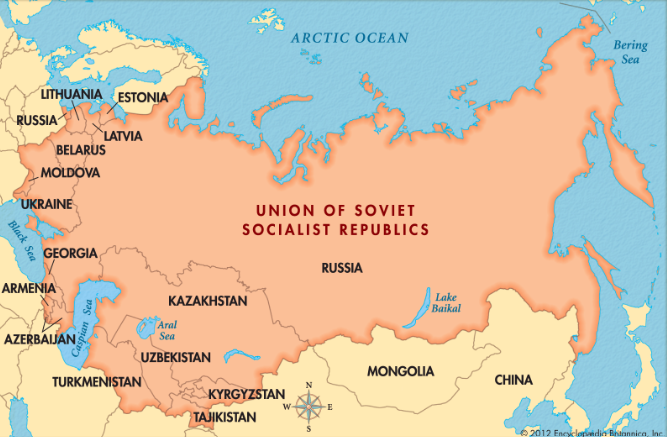
The dissolution of the USSR marked one of history’s most significant geopolitical transformations. Spanning eleven time zones from the Baltic Sea to the Pacific Ocean, this communist superpower fragmented into fifteen sovereign nations.
Moscow’s metro stations still bear witness to Soviet glory, their marble halls adorned with hammer and sickle emblems that attract curious photographers.
Yugoslavia (1918-1992)
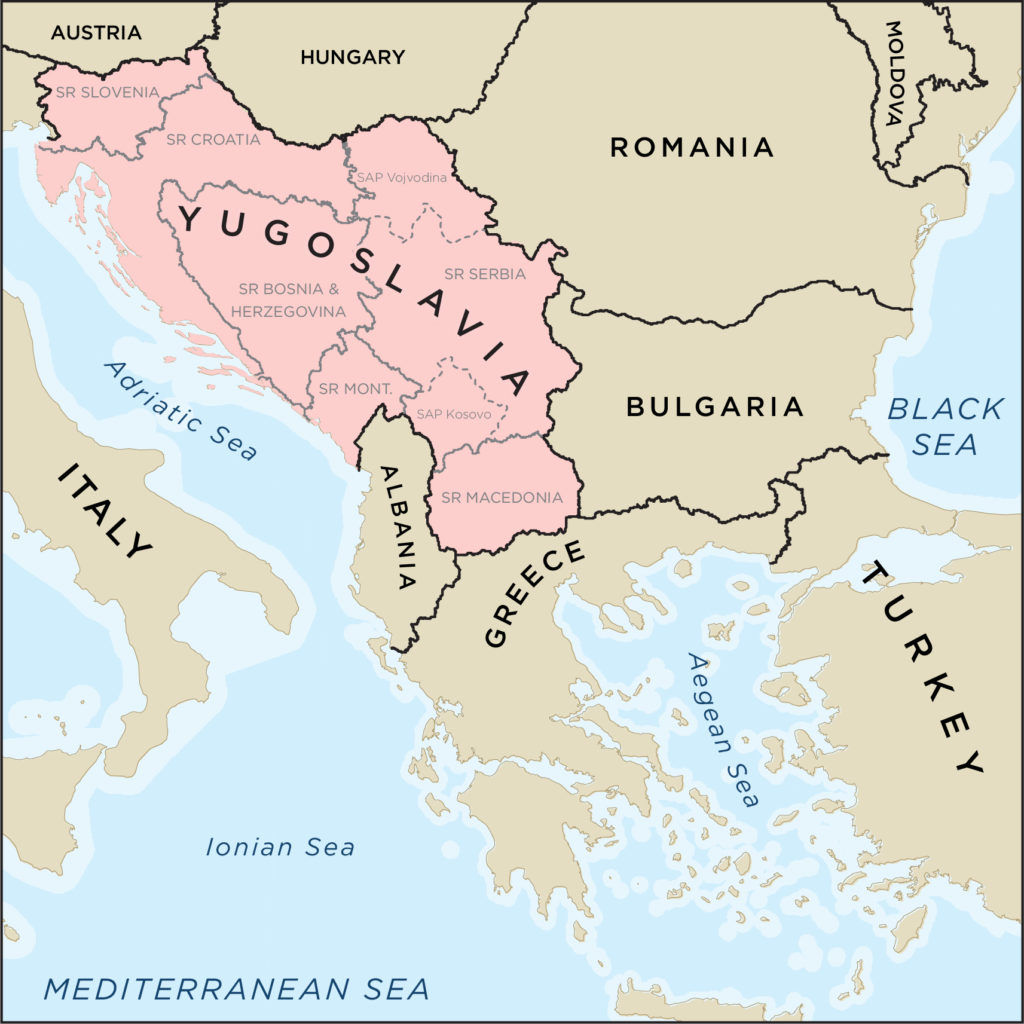
The Balkan Federation’s violent dissolution reshaped southeastern Europe. Originally united under “Brotherhood and Unity,” Yugoslavia splintered into six nations, with Kosovo later becoming the seventh.
Throughout the former federation, “Yugo-nostalgic” cafes serve as gathering spots where older generations share memories of their lost multicultural state.
Like Go2Tutors’s content? Follow us on MSN.
East Germany (1949-1990)
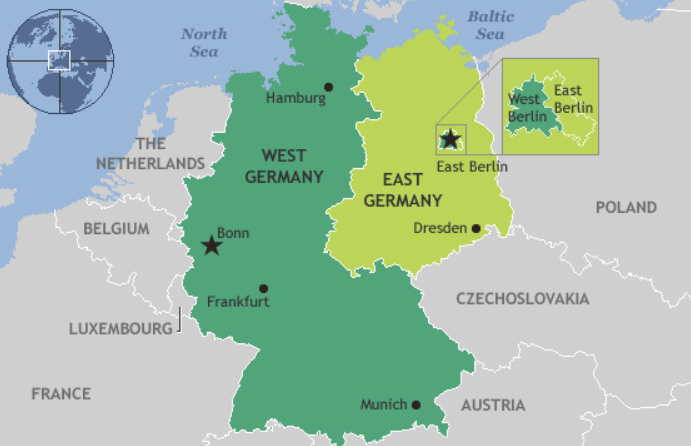
Four decades of division left lasting scars on German society. Though reunification officially took just one day, the psychological barriers between East and West Germans persisted for generations.
Tourists now purchase fragments of the Berlin Wall as souvenirs, while older residents remember when concrete and barbed wire sliced their city in two.
Czechoslovakia (1918-1993)
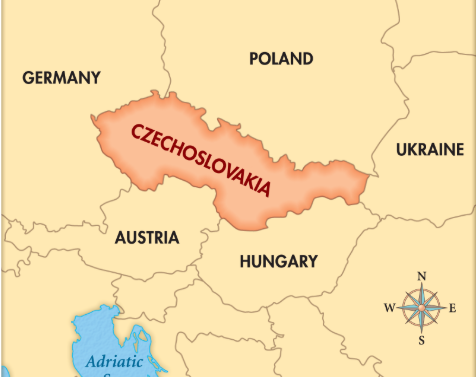
The “Velvet Divorce” is history’s most peaceful national dissolution. Unlike Yugoslavia’s bloody breakup, Czechoslovakia split into the Czech Republic and Slovakia through peaceful negotiation.
The process proved so amicable that even the national anthem was carefully divided between the two new states.
Gran Colombia (1819-1831)
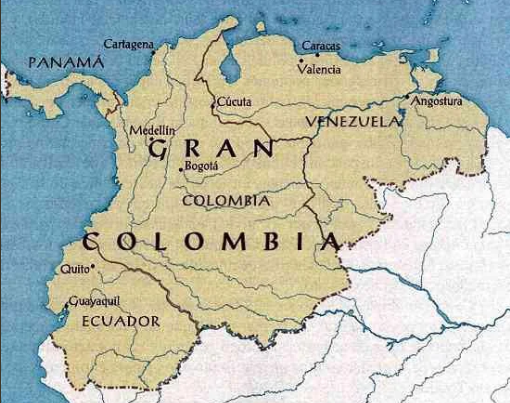
Simón Bolívar’s ambitious project to unite South America collapsed after twelve years. Regional rivalries tore apart this superstate, creating modern Venezuela, Colombia, and Ecuador.
Contemporary South American leaders often reference Gran Colombia when promoting regional integration.
Like Go2Tutors’s content? Follow us on MSN.
Tibet (1912-1951)

The “roof of the world” maintained independence until Chinese incorporation in 1951. Tibet’s government-in-exile continues operations from India, while the Dalai Lama’s global influence keeps Tibetan autonomy in international discourse.
Ancient monasteries now share space with modern Chinese development.
Kingdom of Hawaii (1795-1893)
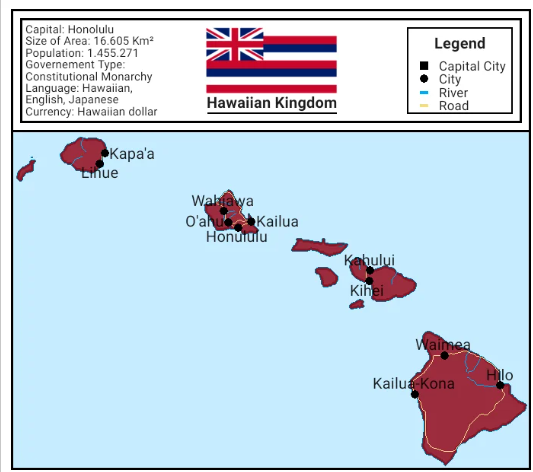
American business interests transformed this Pacific monarchy into a U.S. territory. The kingdom’s sophisticated royal court and international diplomacy ended with Queen Liliuokalani’s overthrow.
Today, Iolani Palace stands as the only royal palace on American soil.
Ottoman Empire (1299-1922)
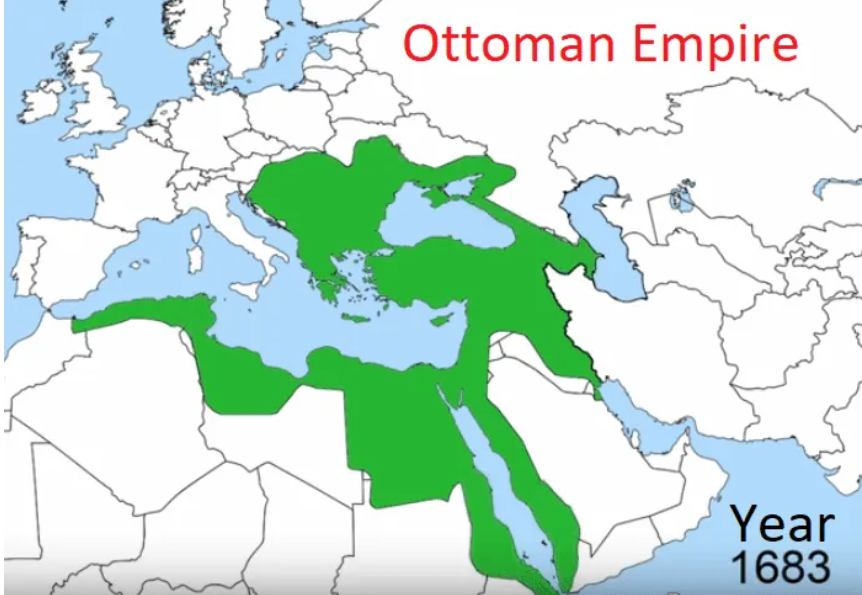
From the Balkans to Arabia, this Islamic empire shaped modern Middle Eastern boundaries. The “sick man of Europe’s” collapse after World War I created new nations and lasting regional tensions.
Istanbul’s Topkapi Palace preserves the splendor of sultanate rule.
Like Go2Tutors’s content? Follow us on MSN.
Sikkim (1642-1975)
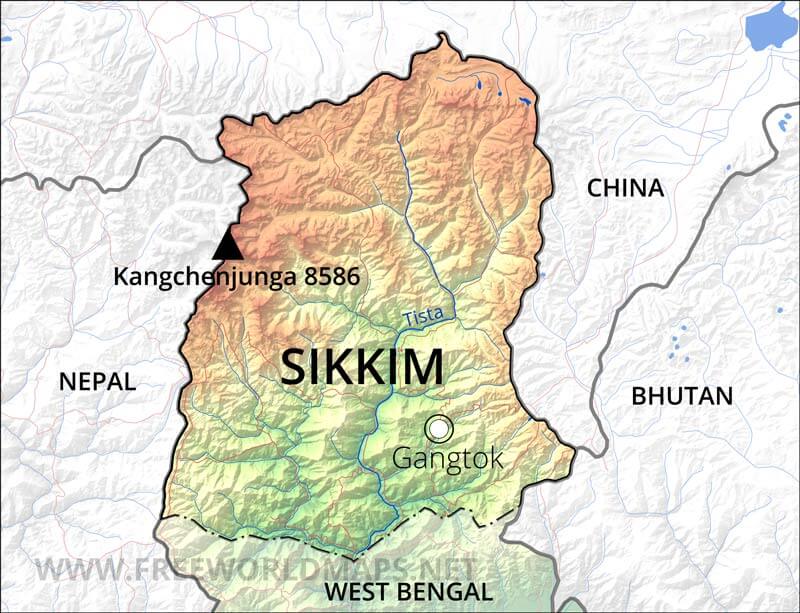
This Himalayan kingdom merged with India through a popular referendum. The former monarchy’s transition from independence to statehood changed ancient power structures while preserving cultural traditions.
The royal family maintains ceremonial respect despite losing official status.
Republic of Texas (1836-1846)
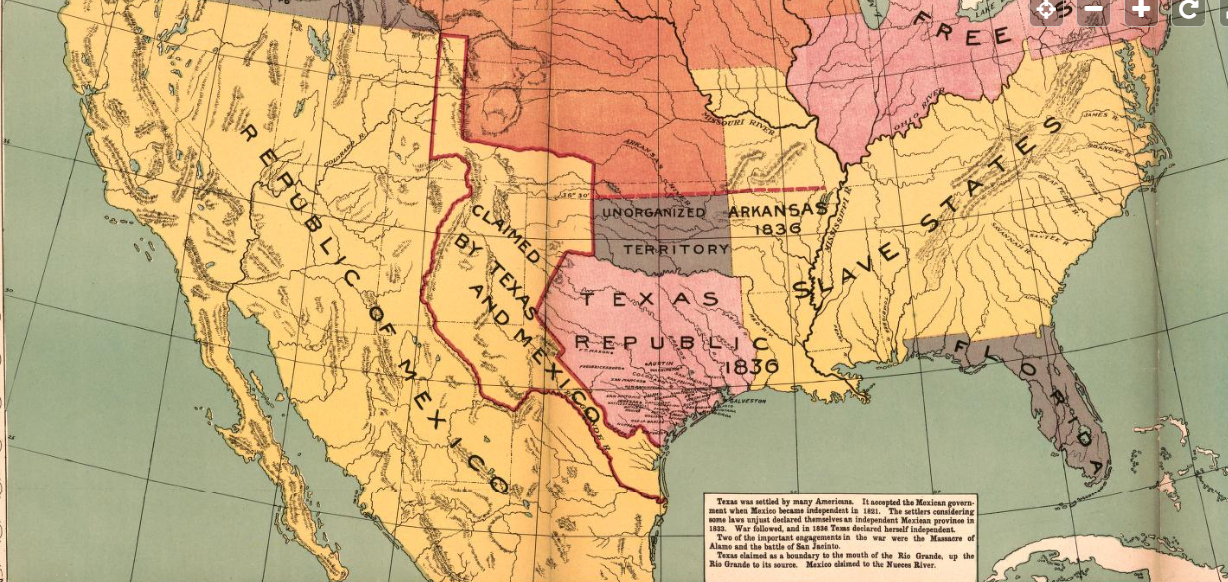
Between Mexican territory and American statehood, Texas maintained sovereign independence. The republic established diplomatic relations, printed currency, and developed distinct national characteristics.
Annual celebrations of Texas Independence Day keep this brief period of nationhood alive.
Neutral Moresnet (1816-1920)
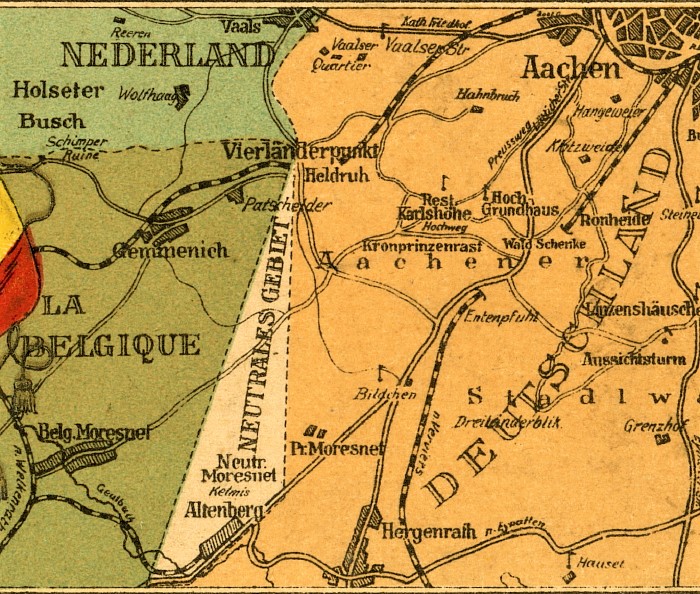
Belgian-Prussian disputes over zinc deposits created this accidental microstate. The territory’s unique status stemmed from disagreements over mineral rights rather than national aspirations.
Miners lived in a diplomatic anomaly until World War I ended its independence.
Like Go2Tutors’s content? Follow us on MSN.
Kingdom of the Two Sicilies (1816-1861)
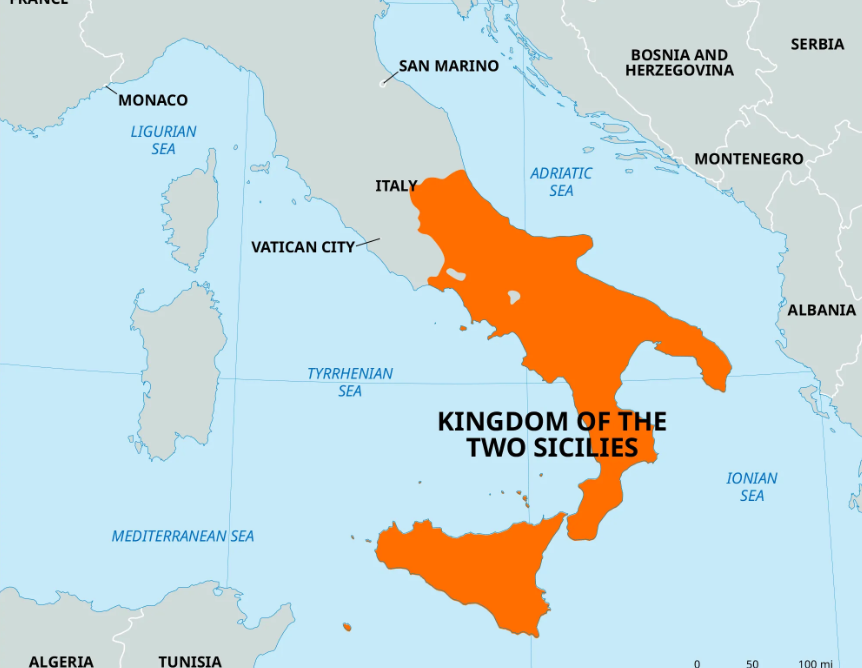
Southern Italy’s autonomous kingdom rivaled northern states in culture and commerce. Naples served as a magnificent capital until Italian unification absorbed the territory.
Modern movements for southern Italian autonomy draw inspiration from this lost kingdom.
Zanzibar (1963-1964)
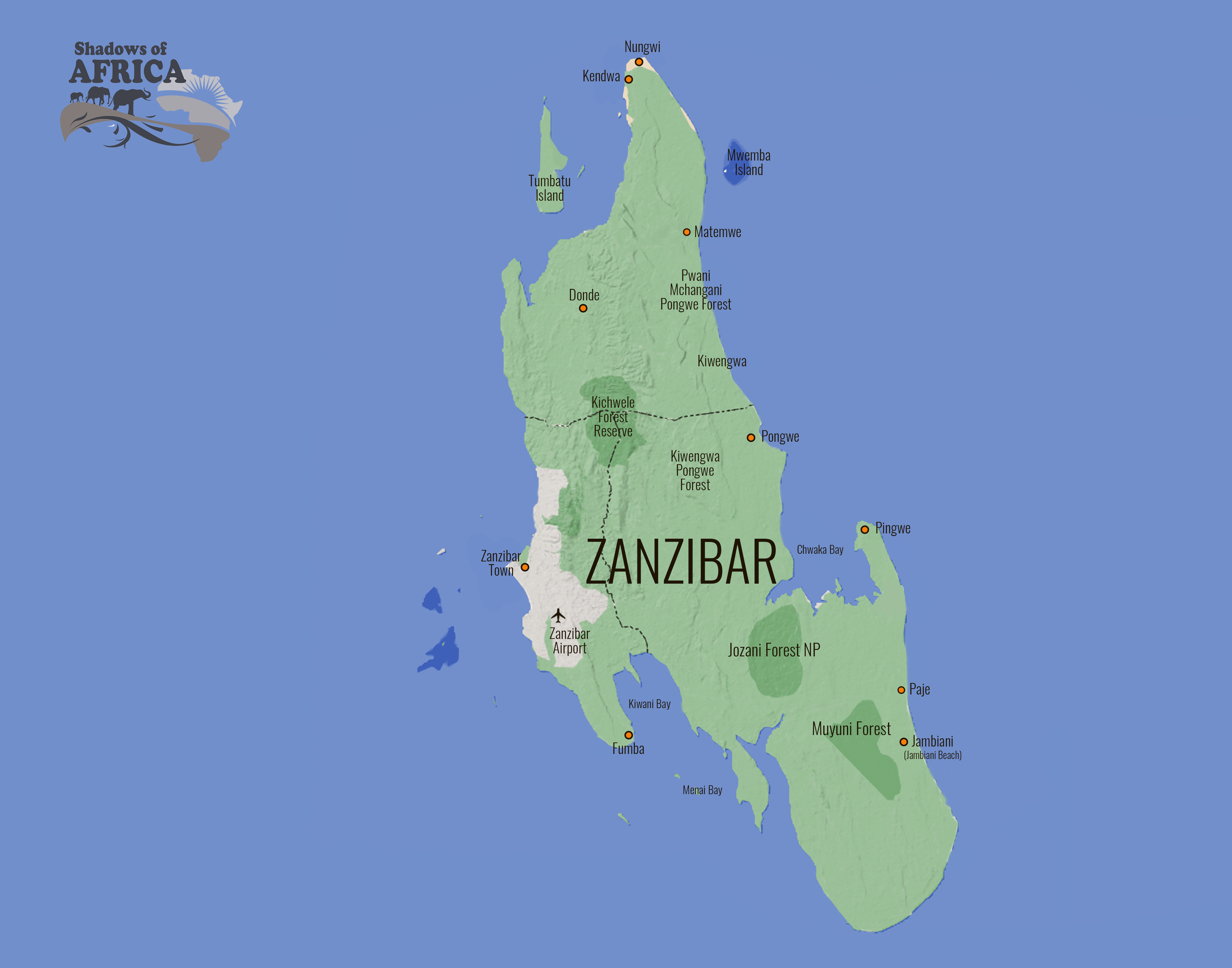
The briefest sovereignty of the twentieth century lasted just 33 days. Zanzibar’s merger with Tanganyika created modern Tanzania, though the island’s identity remains distinct.
Local historians meticulously document this month of independence.
United Arab Republic (1958-1961)
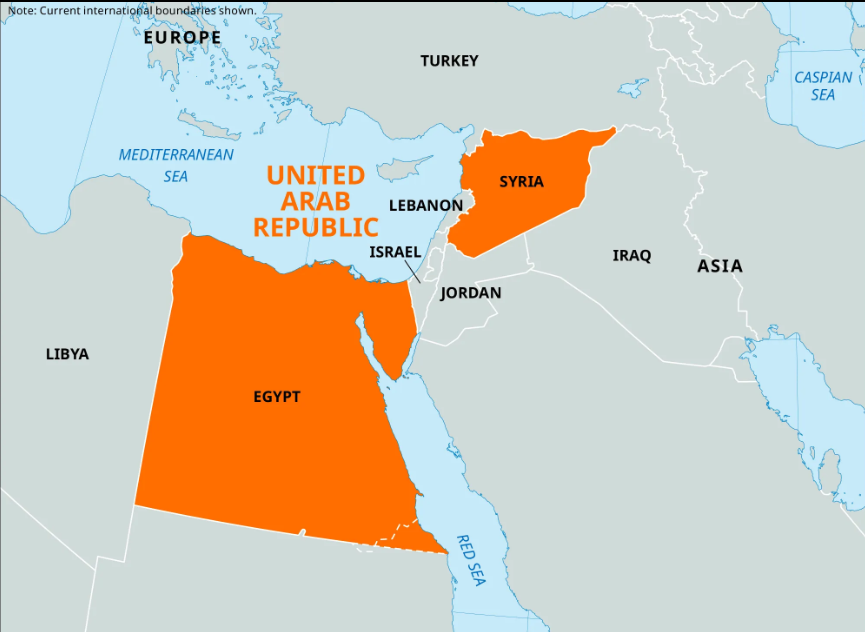
Egyptian-Syrian unity collapsed after three years of pan-Arab experimentation. Despite retaining the name until 1971, Egypt saw its dream of Arab unity dissolve.
Architectural remnants in Cairo recall this ambitious political project.
Like Go2Tutors’s content? Follow us on MSN.
Duchy of Burgundy (1032-1477)
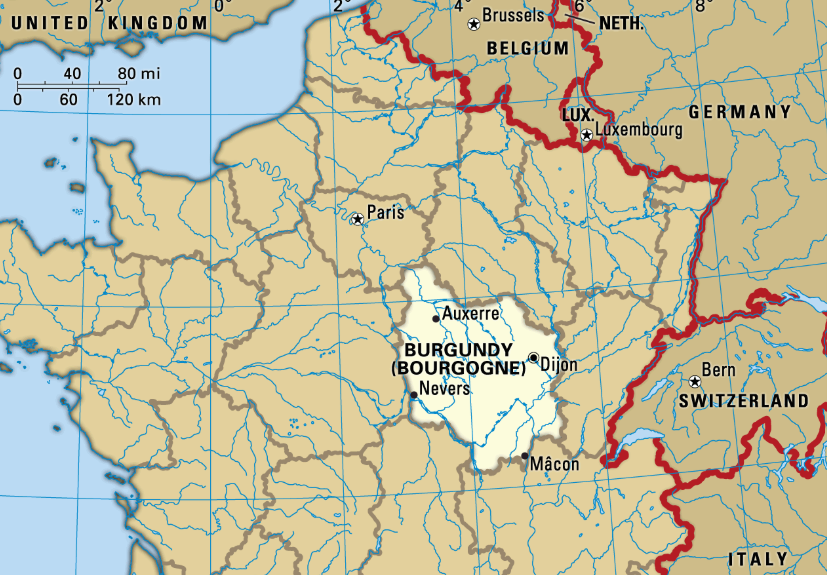
Medieval Europe’s wealthy powerhouse controlled territory from France to Switzerland. Burgundian influence persists in wine traditions, architectural styles, and regional identities.
The Cross of Burgundy still adorns buildings across former duchy lands.
Free City of Danzig (1920-1939)
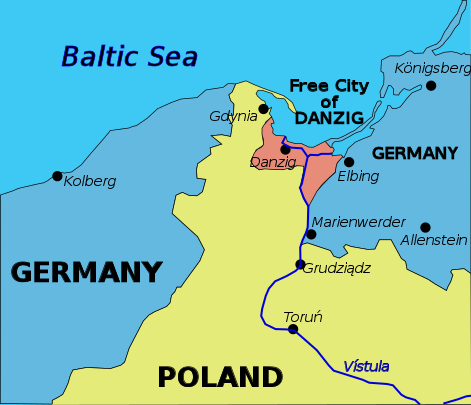
The Treaty of Versailles created this strategic port city-state between Germany and Poland. Modern Gdańsk preserves architectural heritage from its independent period.
Historic beer halls maintain stories of free city life.
Vermont Republic (1777-1791)
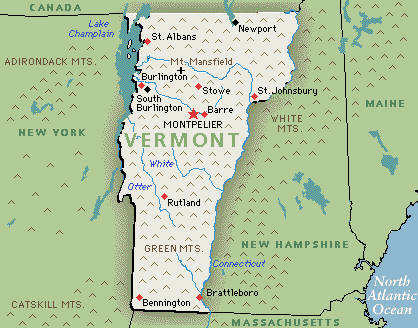
American independence birthed this short-lived nation between British Canada and the United States. Vermont developed distinct governmental systems before joining the American Union.
State identity still reflects this period of sovereignty.
Like Go2Tutors’s content? Follow us on MSN.
Abyssinian Empire (1270-1974)
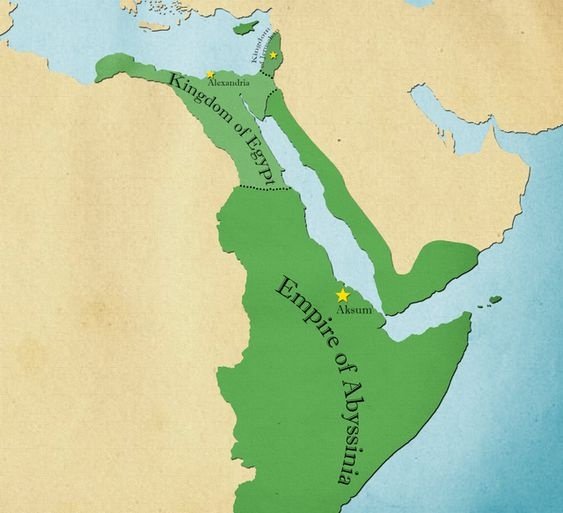
Africa’s oldest independent state resisted European colonization for three millennia. The revolution ended the ancient monarchy, though Ethiopia maintains unique cultural continuity.
Imperial palaces stand as monuments to African resistance against colonialism.
Majapahit Empire (1293-1527)
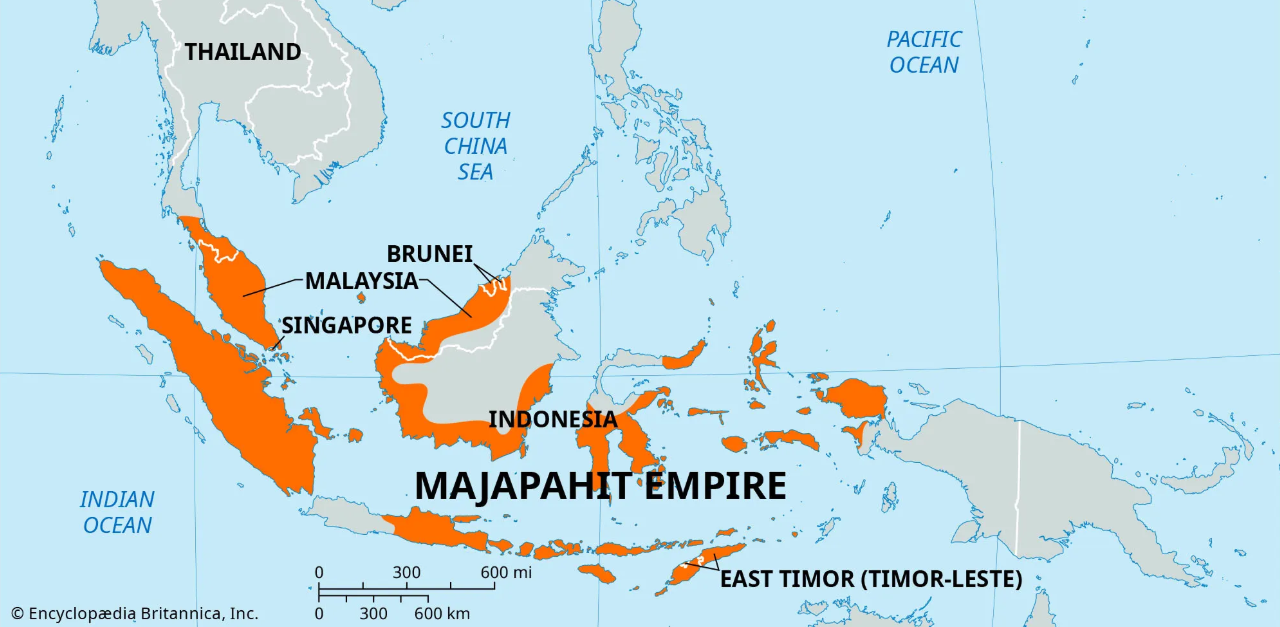
Java-based thalassocracy dominated the Indonesian archipelago through maritime power. Dutch colonial rule eventually replaced the complex network of sultanates that followed Majapahit’s collapse.
Modern Indonesia draws national symbols from this golden age.
Kingdom of Mysore (1399-1950)
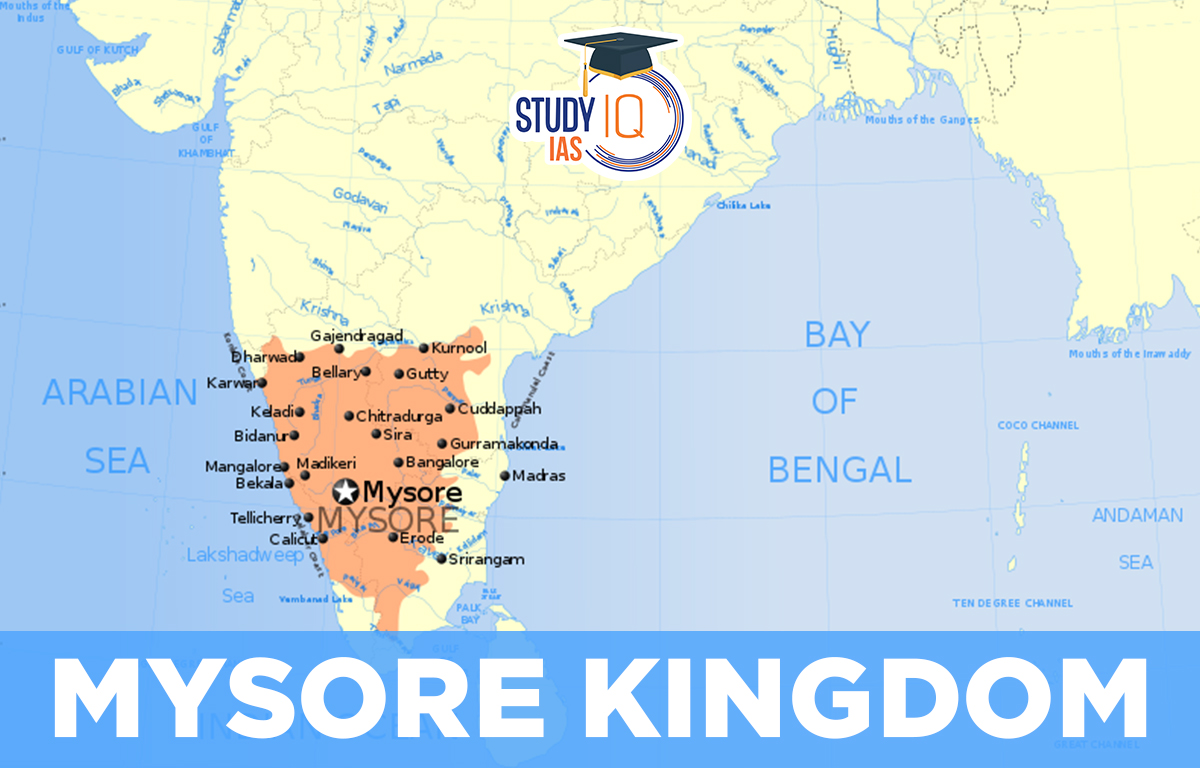
Advanced military technology and diplomatic skills marked this South Indian state. British forces faced sophisticated rocket artillery from Mysore’s armies.
Bangalore’s modern technology sector occupies former royal military research grounds.
Like Go2Tutors’s content? Follow us on MSN.
The Echoes of Vanished States
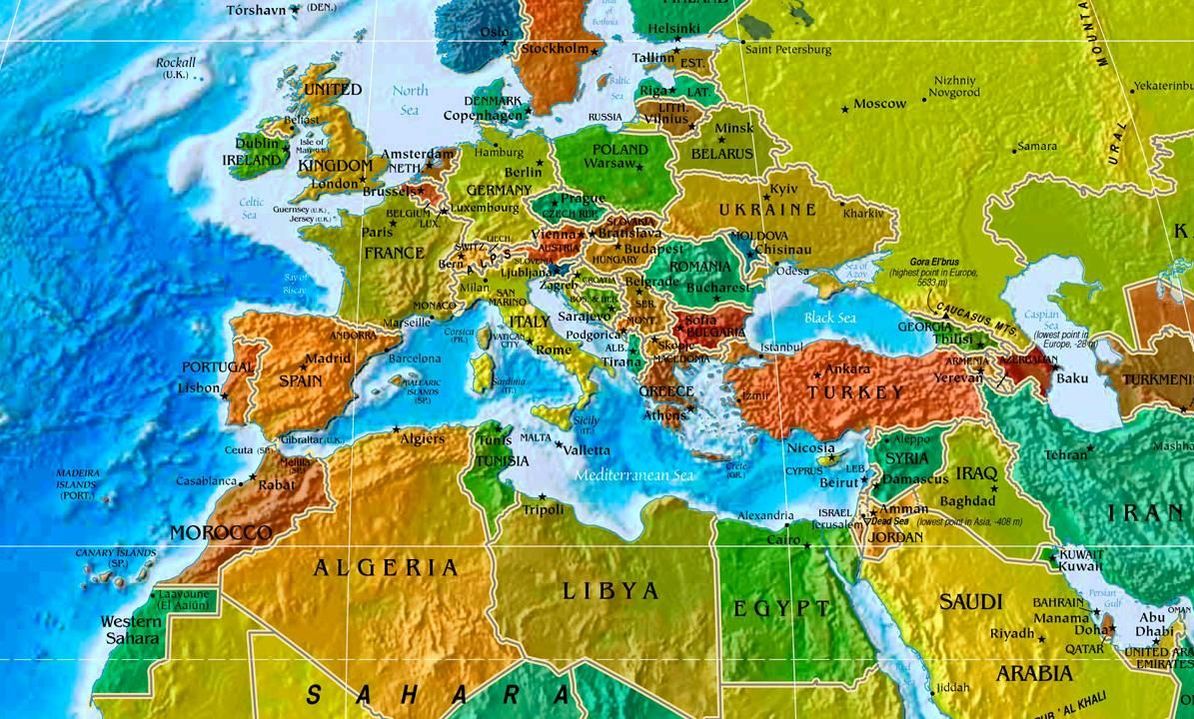
Political borders prove as impermanent as the nations they define. While these countries no longer appear on modern maps, their influence persists through architecture, culture, and collective memory.
Each lost nation contributes to the complex tapestry of human political organization, demonstrating how past states shape present realities.
More from Go2Tutors!

- 15 Unforgettable Candy Bars From The 60s and 70’s That Disappeared Too Soon
- 15 Myths About Famous Historical Figures That Aren’t True
- Famous Battles: How Much Do You Really Know About U.S. History?
- 20 Historical Artifacts That Scientists Can’t Explain
- 15 Little-Known Facts About Famous Historical Events
Like Go2Tutors’s content? Follow us on MSN.



